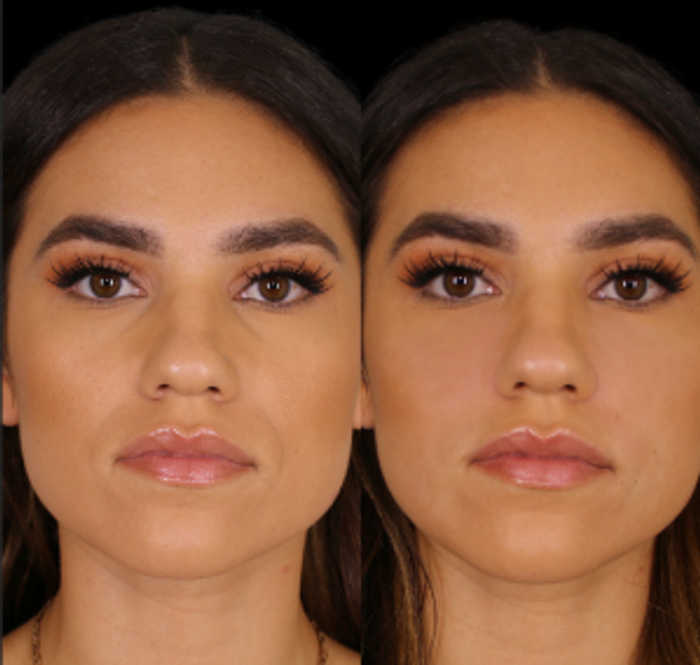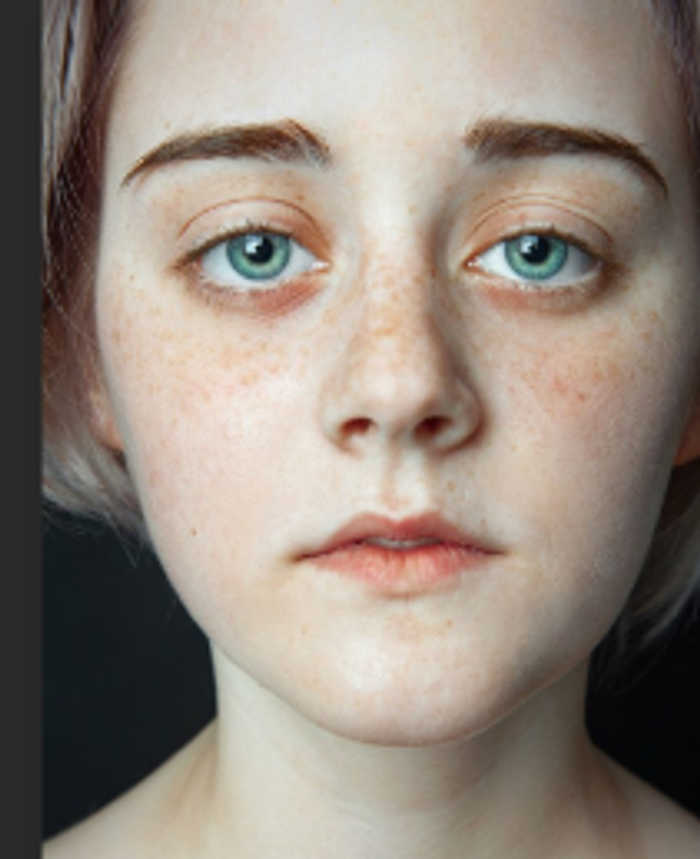Published 23:41 IST, June 3rd 2024
Facial fillers, also known as dermal fillers or injectable implants, are injected into your skin to reduce wrinkles, and signs of ageing.
Advertisement
Facial fillers, also known as dermal fillers or injectable implants, are substances injected into the face to diminish wrinkles and restore facial volume lost with age. They are popular for enhancing areas such as smile lines, cheeks, lips, and acne scars. While most fillers are absorbable and provide temporary results lasting months to a few years, some are designed to be long-lasting.
Types of facial fillers
The market offers a variety of facial fillers, each with unique properties and benefits. Here are the most common types:
Advertisement
Hyaluronic acid (HA): A naturally occurring substance in the body, HA fillers like Juvéderm and Restylane are used to add volume and smooth wrinkles around the eyes, lips, and forehead. The American Board of Cosmetic Surgery (ABCS) notes that results typically last 6 to 12 months, though newer formulations may last longer.
Calcium Hydroxylapatite (CaHA): Containing calcium particles in a gel, this filler is thicker than HA and better suited for deep wrinkles. Brand name Radiesse offers results lasting about a year, according to the ABCS.
Advertisement
Poly-L-lactic acid: This biodegradable filler stimulates collagen production instead of filling wrinkles directly. Marketed as Sculptra Aesthetic, it is used for deep wrinkles and volume loss, providing results that can last at least two years.
Polymethylmethacrylate (PMMA): Consisting of microspheres and collagen, this filler (known as Bellafill) is considered permanent, with effects lasting up to five years. However, it is less commonly recommended due to higher rates of complications, such as infection and nodules, as noted in research published in Aesthetics.
Advertisement

Common side effects of facial fillers
According to the American Academy of Dermatology (AAD), typical side effects around the injection site include:
Redness
Swelling
Pain
Bruising
Itching
These effects usually clear within 7 to 14 days.
Advertisement

Safety precautions
While facial fillers are generally safe, following these guidelines can enhance safety and outcomes:
Choose a qualified professional: Ensure your provider is a licensed, experienced dermatologist or plastic surgeon.
Advertisement
Medicals setting: Have the procedure done in a medical office, not at home or a non-medical venue.
Experience with filler: Ask about your provider’s experience with the specific filler you are considering.
Avoid online purchases: Only obtain fillers from a medical provider to avoid counterfeit or unsafe products.
Facial fillers offer a way to rejuvenate and enhance facial features with relatively minimal downtime. However, understanding the types of fillers and adhering to safety precautions is crucial for achieving the best results and minimizing risks.
23:41 IST, June 3rd 2024